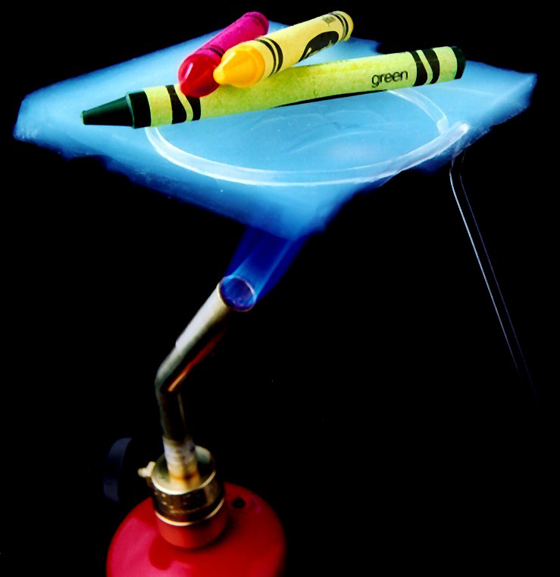Sometimes I need to remove faulty components that are soldered to a motherboard for instance. It may not even be a faulty component but just something I want to remove so that I can use it in another project.
Recycling stuff is common practice in Sweden where I live at the moment. I've watched a couple of youtube videos where desoldering and removing a component is done by using a heat source to the area of interest. Before this is done in these videos, aluminum tape is used to protect the components around your target component.
I've been toying with the idea to use something else to protect compents around the area that I tend to heat up. Is there some type of putty or clay you can use to isolate components from heat? Perhaps some sort of ceramic sand or aything similar to areogel?
Could it work with a small piece cut from a fire blanket with an opening just above the component you are trying to remove? A perfect material would be asbestos, but I intend to live for a very long time - so that's a big NO for asbestos! 🙂
Space crafts use ceramic bricks to prevent them from burning up when they re-enter the earth atmossphere. Maybe something similar but in the form of very thin (and cheap) ceramic wafers? I would be super greatful for any ideas or suggestions you could provide me with. And yes, I know the metal tape seems to work pretty well, but I'm just want to experiment with some other materials. Sliced bread is not really up to the task. Turns to toast way to fast and the butter melts and run all over the place! 😉
Here's an example of aerogel used to prevent cryons from melting despite the use of a blow torch.
Sorry in advance for any grammatical or spelling errors in my text. We mostly speak Ikea and bork bork in Sweden, so English is not my first language. Skål! 🙂
@apeshaft I have never seen any kind of material like you describe. Any removals I have observed on YouTube just use liberal amounts of flux and either a hot air gun or a wedge or fine bent point soldering iron.
Since I discovered liquid flux I quickly found out how fast I can now solder. That also means the heat used to desolder is only applied for a few seconds.
Sometimes I will also use
Try something like the following to apply the liquid then a properly heated iron or hot air source will quickly do the job. https://amz.run/6xuH
Also look thru videos produced by Louis Rossmann. Here is a link to one of his channels https://www.youtube.com/@rossmanngroup
This video of his might interest you, click on MORE to reveal the chapters.
First computer 1959. Retired from my own computer company 2004.
Hardware - Expert in 1401, and 360, fairly knowledge in PC plus numerous MPU's and MCU's
Major Languages - Machine language, 360 Macro Assembler, Intel Assembler, PL/I and PL1, Pascal, Basic, C plus numerous job control and scripting languages.
Sure you can learn to be a programmer, it will take the same amount of time for me to learn to be a Doctor.

